Air-to-water heat pums with solar panels: Is it compatible?
4 September 2023 / Air-to-water heat pumps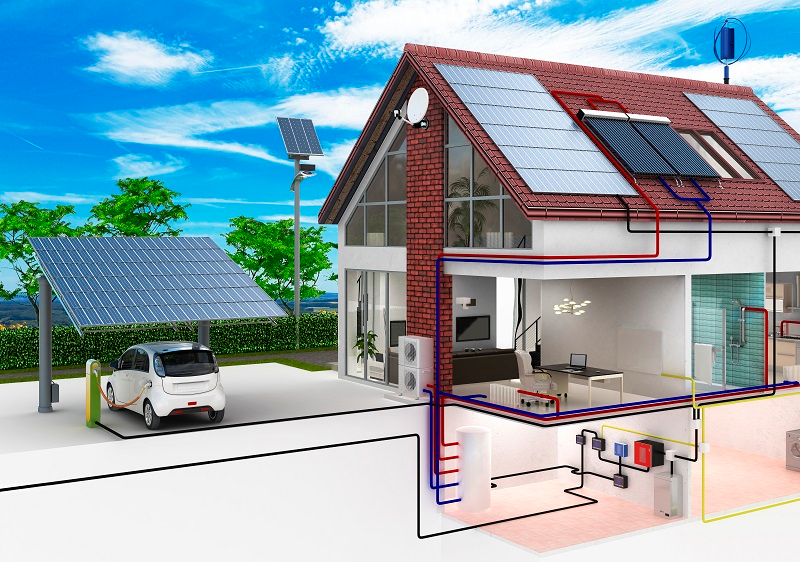
Air-to-water heat pums and Solar: Four Benefits of an Innovative Heating and Cooling Solution
Selecting the optimal option for heating and cooling a home can be a challenge. You are looking for a low initial investment, almost no maintenance and low utility bills, as well as high energy efficiency and sustainability. Is it possible to bring all these benefits together in one system? Actually, yes, it is, by combining Air-to-water heat pums technology with solar photovoltaic panels.
Autonomous electricity generation by photovoltaic solar panels, in conjunction with night storage systems and Air-to-water heat pums-based air-conditioning, emerges as an exceptionally intelligent solution. The “Smart Green Home”, for example, is a package that fuses Air-to-water heat pumsl energy with solar panels and batteries, all manufactured by LG. This radically transforms air conditioning and hot water production in the residential environment towards a more Sustainable Home with the Air Conditioning and Solar Energy Product Range.
Within the air conditioning category, there are different variants of air conditioners: split systems, multi split and commercial units. In the solar field, the selection includes a wide range of solar panels, allowing to adapt to the needs and characteristics of each property.
Benefits of Air-to-water Heat Pumps and Solar Panels
Solar panels are one of the most recognised solutions for energy decarbonisation, as well as being highly efficient and cost effective. In recent years, the cost of energy generated by solar panels has decreased considerably due to their widespread adoption. From 1976 to 2019, their cost has dropped by a staggering 99.6%, as reflected in Our World in Data.
Moreover, the technology is exceptionally efficient. The graph below, provided by the US National Renewable Energy Laboratory (NREL), presents the evolution over time of various photovoltaic technologies, showing their increasing efficiency. Virtually all solar technologies have experienced significant improvements. Therefore, if the goal is to save energy, photovoltaic panels become an essential ally.
Naturally, at night, solar home technology does not produce electricity (unlike other solar technologies such as concentrating solar power). It is for this reason that solutions such as the Smart Green Home incorporate batteries capable of storing surplus solar energy for use when needed, adjusting consumption at appropriate times. Although the savings puzzle is not yet completely solved, when it comes to electrical energy, Air-to-water heat pums energy is the optimal choice for both air conditioning and domestic hot water (DHW) production.
One of the remarkable benefits of Air-to-water heat pums energy lies in its ability to significantly reduce the energy demand required to air-condition a home (in both cooling and heating mode) and to heat water, by harnessing the energy of the outside air even in very cold conditions. Its closed circuit, consisting of a refrigerant, a compressor and an expansion valve, operates as an energy carrier.
When combined with smart technology such as LG ThinQ, it is possible to reduce energy consumption by up to 90% inside the home. This technology incorporates conventional time schedulers, voice control and power options via an app, making it easier to operate the HVAC system. It also integrates artificial intelligence to select the most efficient options.
Is it feasible to achieve a more sustainable and self-sufficient home through Air-to-water heat pumps and solar energy?
While Air-to-water heat pums and solar panels are highly efficient on their own, their collaboration is even more beneficial. In fact, there is only one technology that is more efficient for homes: geothermal, although its adoption is limited due to the need to construct vertical wells on properties. The combination of solar and Air-to-water heat pums energy is positioned as one of the most sustainable alternatives available on the market.
On the one hand, photovoltaic solar energy reduces the dependence on fossil fuels in the home, encouraging self-consumption and reducing the need for an extensive electricity grid. In fact, thanks to the electricity generated, it is feasible to dispense with gas cookers and opt for induction hobs, eliminating the use of gas or fuel in boilers, and eventually dispensing with the latter altogether.
On the other hand, when combined with solar energy, Air-to-water heat pums energy eliminates the need to use fuels in the home, promoting a more ecological and safer alternative. By dispensing with gas or other fuels, regular checks for leaks are avoided, and it is possible to close the smoke vents in the kitchen, usually where the boiler is located, which in turn reduces energy losses.
Energy self-sufficiency is aligned with the Sustainable Development Goals, and although disconnecting completely from the grid is not advisable (it is always useful to maintain some level of connection), electrifying the home and implementing solar panels allows greater independence and resilience against possible increases in gas (which would no longer affect) and electricity prices (with reduced impact).
Solar Air-to-water Heat Pumps and its Impact on Home Valorisation
All smart solutions add value to properties, and this premise is enhanced when considered as an energy renovation measure. According to the IDAE, improving living conditions through energy renovation (such as the transition from boilers to Air-to-water heat pums systems) “is not an expense, but a self-financing investment that pays off thanks to the savings generated and the improvement in the property’s value”. But what impact does it really have on the value of a property?
According to an analysis by the Rehabilitation Task Force (RTF), the key to increasing the value of a property by incorporating sustainable technology lies in the “Green Added Value”. In addition to the long-term savings from reduced energy consumption, the simple installation of “green” technologies (including Air-to-water heat pums energy, which is classed as a renewable energy source) can increase the value of a home by 10% to 20%.
This more recent figure reflects the fact that “investing in energy efficiency in the home is seven times more profitable than saving for retirement“, according to the Council for Sustainable Building in Spain. Once again, investing in eco-efficiency proves to be a long-term commitment, even though the initial cost of purchase and installation may be moderately high.
Several factors contribute to this increase in property value. Of course, future buyers will enjoy savings on air conditioning and hot water for years to come, and will have access to minimal energy generation, even in the event of power outages. In addition, there is a psychological and social aspect at play: people are looking for more sustainable options.
Is Combined Solar and Air-to-water Heat Pumps Safe?
Buyers are looking for security in several crucial aspects: security of electricity supply, avoiding technical problems that could result in a lack of light, air conditioning or hot water in the home; physical security, ensuring that the devices do not have mechanical failures that could become threats (e.g. gas from a boiler represents a potential hazard); and security of maintenance, ensuring long-term durability.
In terms of performance, the combination of Air-to-water heat pums and solar energy is exceptionally robust. Solar panels ensure a minimum energy supply all year round, further optimised when batteries are used. On the other hand, Air-to-water heat pums energy stands out as a highly efficient way of transforming energy into heat, cooling and hot water. Furthermore, both solar panels and Air-to-water heat pums energy are physically safe systems, and their operation is analogous to that of any other installation.
In addition, maintenance of both systems is minimal. Solar panels require regular cleaning and care to avoid ice or snow accumulation, while the maintenance of Air-to-water heat pums systems is limited to cleaning the filter and keeping the outdoor unit in optimal conditions. In short, combining fan heat with solar panels is not only safe, but also advisable.
Products such as those offered by LG in the air conditioning and solar energy categories are smart solutions to meet the needs of today’s families. Affordable, with minimal maintenance and a 10-year extended warranty, they represent a perfect way to contribute to climate change mitigation.
Although we have mentioned the LG brand several times in the article, it should be noted that there are several leading brands on the market such as Panasonic, Daikin, Toshiba and Mitsubishi Electric that provide the same type of product, Aerotermia with solar panels and battery pack.

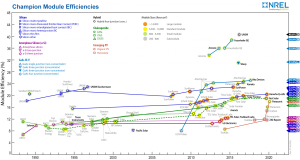


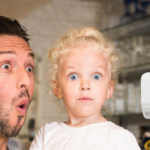
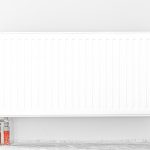
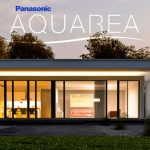
Adam
19 September, 2023
I absolutely loved reading your blog on the compatibility of air-to-water heat pumps with solar panels! It's a topic that's becoming increasingly relevant as we seek more sustainable and energy-efficient heating solutions.
Alberto B. Redondo
19 September, 2023
Thank you for the kind words!